Our government and individual citizens spend billions of dollars managing stormwater, and for good reason, water is powerful and can quickly cause serious property damage when cities and structures are not properly designed for big precipitation events. Luckily you have the power to mange stormwater on your own property. Following the design principles of permaculture you can be sure that stormwater doesn't cause any damage, and you can even use it to your advantage, by harvesting it.
In a future blog we will discuss the intricacies of designing stormwater management systems and how to harvest the water, but for this blog we want to show you just one design element that can be used in many situations.
This example will show the construction of a drainage system on the uphill side of the cob house we are currently constructing. We bury rocks that are wrapped inside a blanket of landscape cloth to facilitate drainage away from the house.
Pictures are in sequence, from beginning to end.

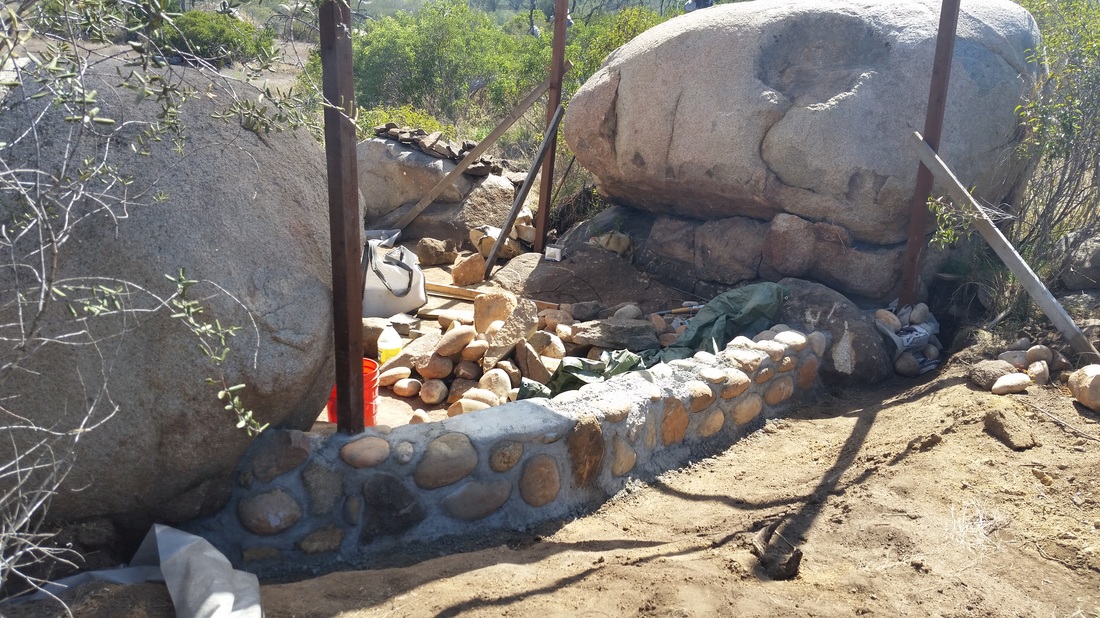
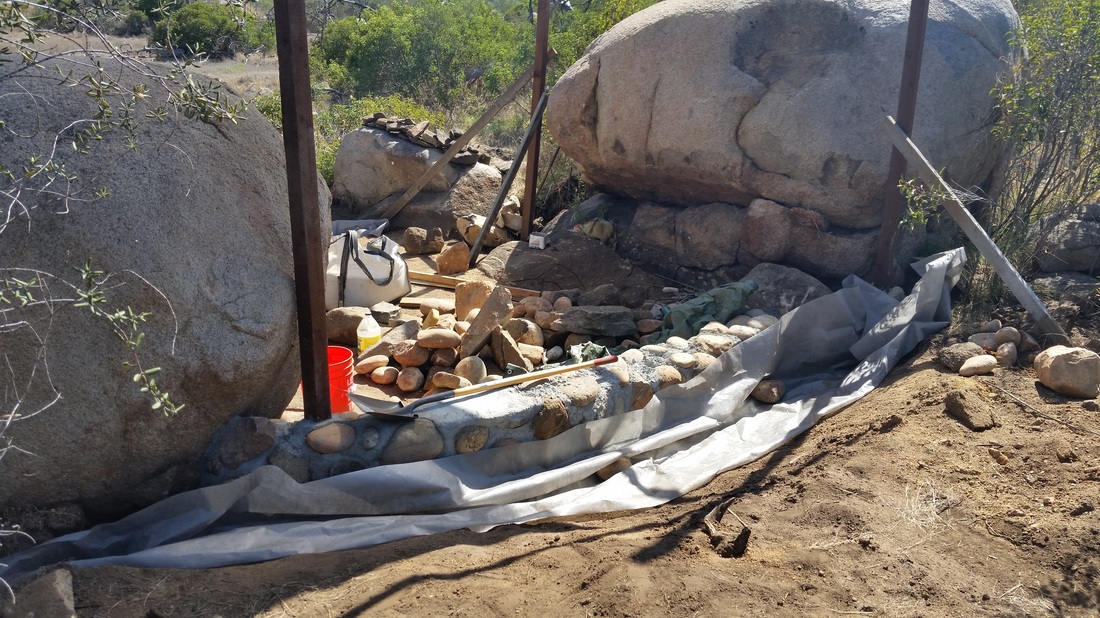
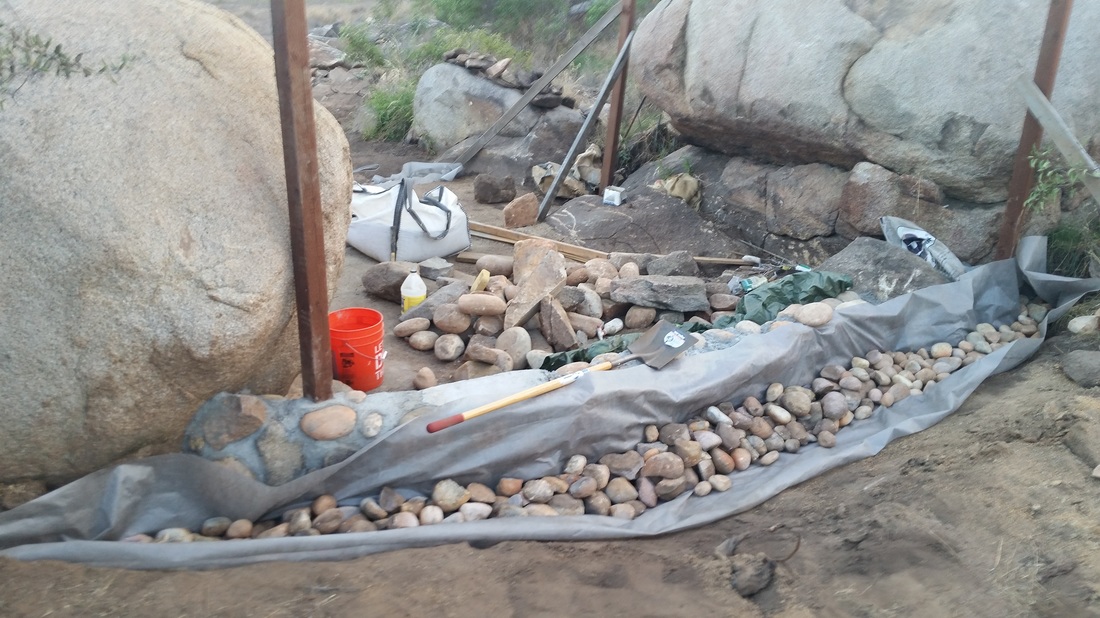
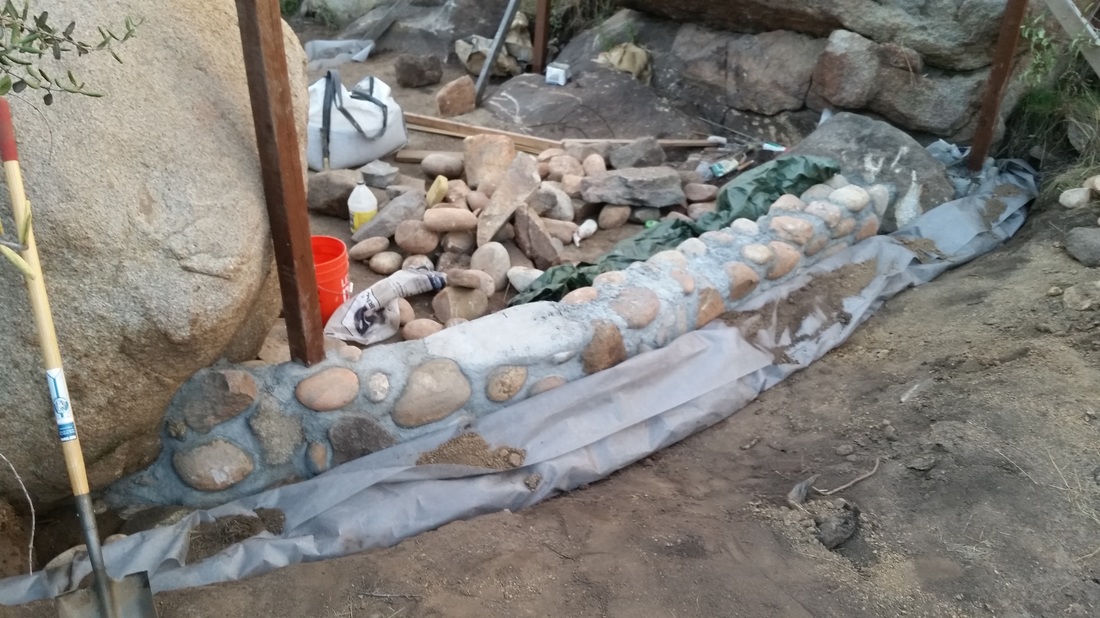
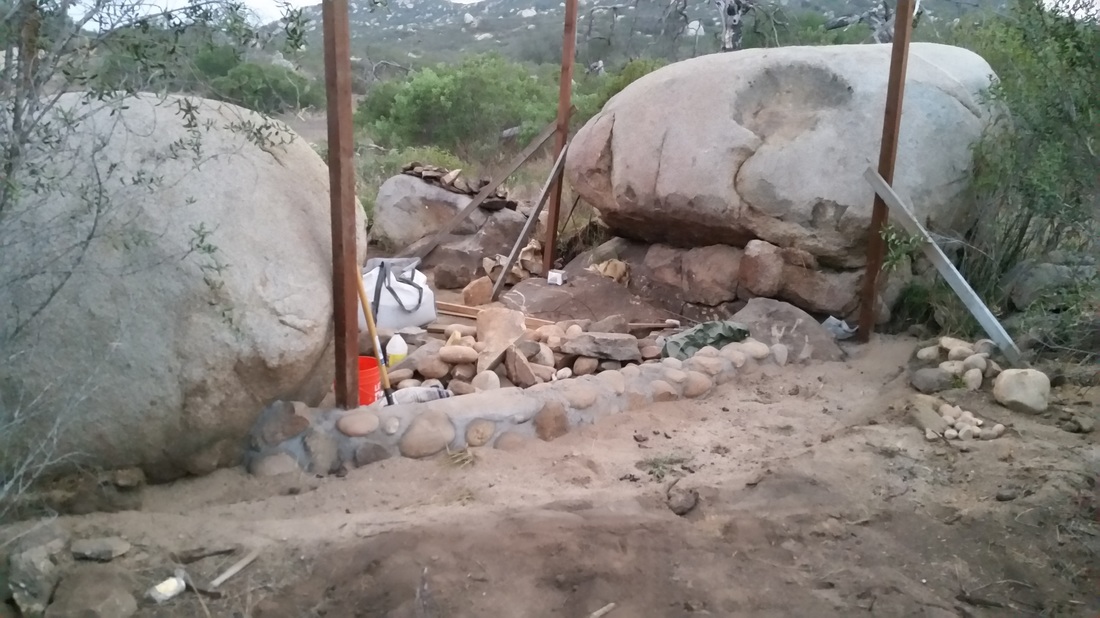
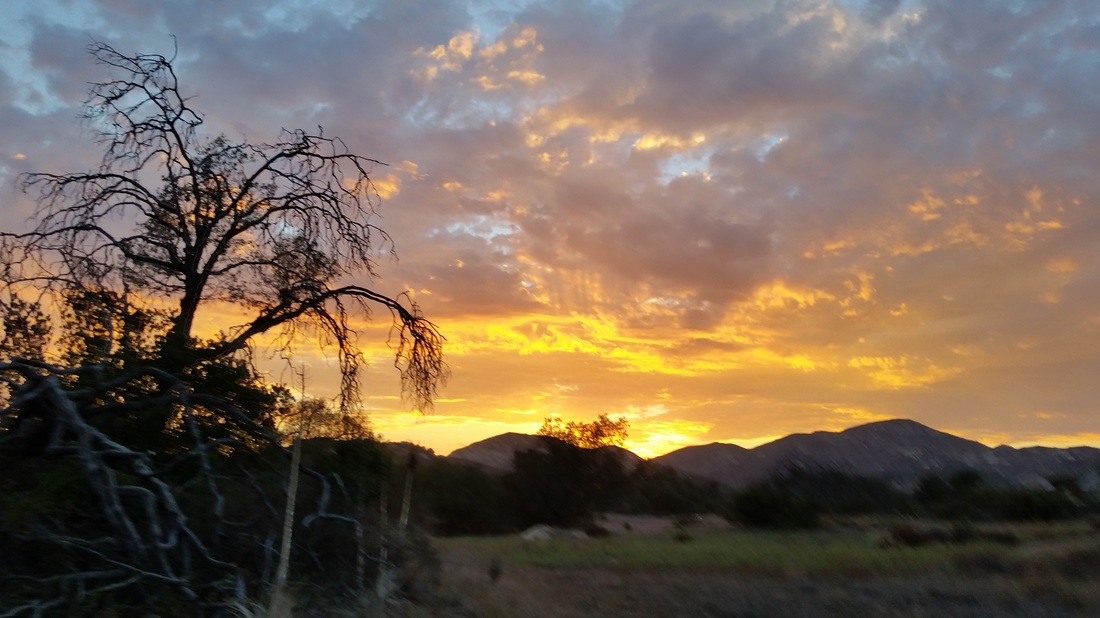
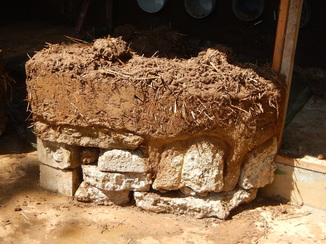
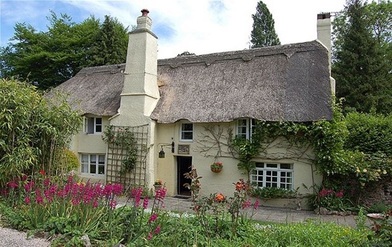
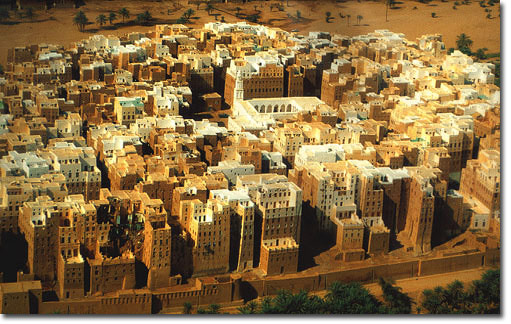

 RSS Feed
RSS Feed